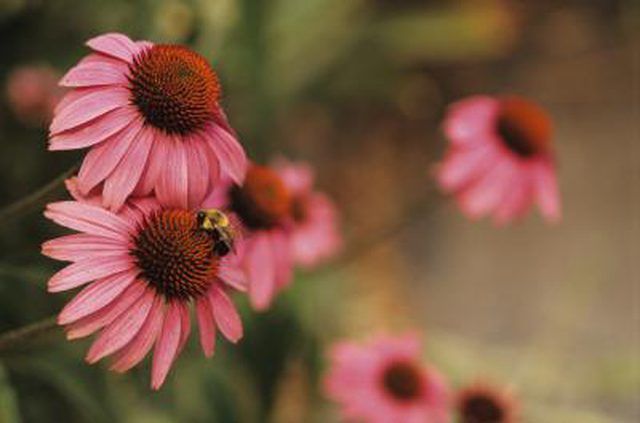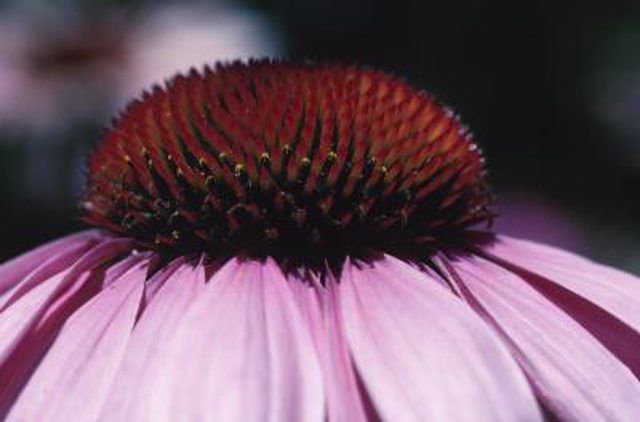Bulbs
Flower Basics
Flower Beds & Specialty Gardens
Flower Garden
Garden Furniture
Garden Gnomes
Garden Seeds
Garden Sheds
Garden Statues
Garden Tools & Supplies
Gardening Basics
Green & Organic
Groundcovers & Vines
Growing Annuals
Growing Basil
Growing Beans
Growing Berries
Growing Blueberries
Growing Cactus
Growing Corn
Growing Cotton
Growing Edibles
Growing Flowers
Growing Garlic
Growing Grapes
Growing Grass
Growing Herbs
Growing Jasmine
Growing Mint
Growing Mushrooms
Orchids
Growing Peanuts
Growing Perennials
Growing Plants
Growing Rosemary
Growing Roses
Growing Strawberries
Growing Sunflowers
Growing Thyme
Growing Tomatoes
Growing Tulips
Growing Vegetables
Herb Basics
Herb Garden
Indoor Growing
Landscaping Basics
Landscaping Patios
Landscaping Plants
Landscaping Shrubs
Landscaping Trees
Landscaping Walks & Pathways
Lawn Basics
Lawn Maintenance
Lawn Mowers
Lawn Ornaments
Lawn Planting
Lawn Tools
Outdoor Growing
Overall Landscape Planning
Pests, Weeds & Problems
Plant Basics
Rock Garden
Rose Garden
Shrubs
Soil
Specialty Gardens
Trees
Vegetable Garden
Yard Maintenance
Interesting Facts About the Purple Coneflower
Interesting Facts About the Purple Coneflower. The purple coneflower is generally considered to be a wildflower, though is often planted in cultivated gardens. The roots of this flower are widely used in herbal medicine, under the name of echinacea.

The purple coneflower is generally considered to be a wildflower, though is often planted in cultivated gardens. The roots of this flower are widely used in herbal medicine, under the name of echinacea.
Features
The most recognizable features of the purple coneflower are its lavender-colored petals, long stems, and orange or red-coned centers. It grows to an average height of 2 to 3 feet.

History
The genus name for the purple coneflower is echinacea, which is said to come from the Greek word for "hedgehog" due to the shape of the inner flowers. It is native to the southeastern and midwestern United States.
Species
This flower is part of the Compositae family, which includes many other popular species that are used in herbal medicines, like dandelions, chicory and daisies.
Benefits
Native Americans reportedly used echinacea for treating things as varied as headaches, toothaches, snake bites, arthritis, mumps, tumors and malaria. Today, it is recommended as a way to boost the immune system, treat skin diseases and aid in healing respiratory illnesses like bronchitis, tuberculosis and whooping cough.
Planting Guidelines
Sowing depth for the purple coneflower is recommended at 1/8-inch, in soil temperatures of 70 to 75 degrees F, for a germination period of 15 to 30 days. The blooming period is from June to October.